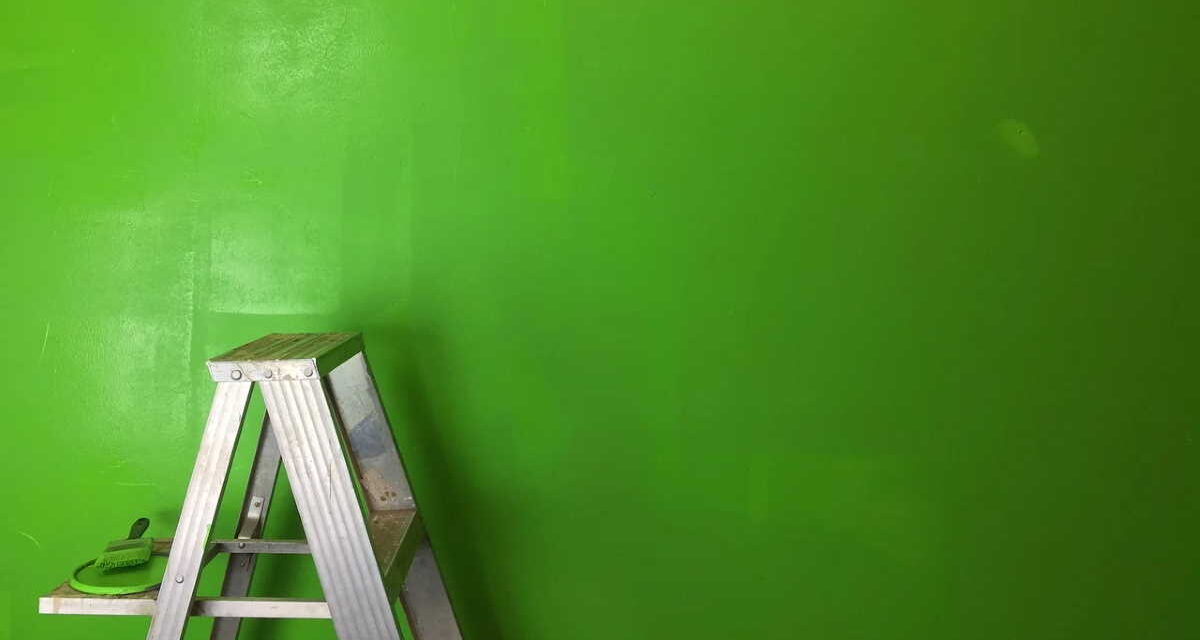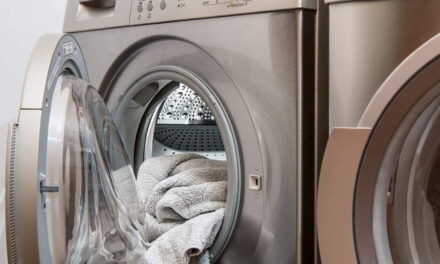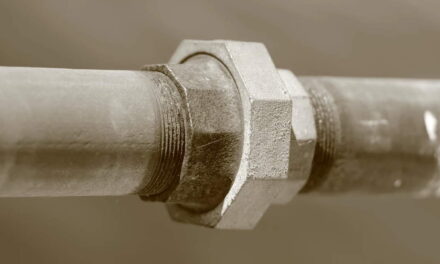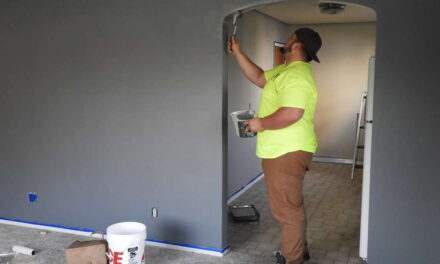Stripping oil-based paint can be a really messy job. I have to admit that I’ve never liked doing it. I only strip paint when I have to. I’d rather go the more difficult and longer route of sanding down old paint like I did here: How to paint wood. You still get a great finish and the overall effect looks brand new.
Nevertheless, you may want to strip your paint because there are multiple layers. There may loose or uneven paint on the surface you wish to re-paint, or the condition of the old paint is too bad for you to consider repainting it. Whatever your reason, in order to get interiors that add to your home’s attractiveness, you may at one point or another, need to do this tedious job.
A lot of paint strippers use tough chemicals to get the job done. Make sure you get a user-friendly one. However, you’ll still have to take precautions like making sure your work area is well-ventilated. Also protect other surfaces with masking tape and dust sheets. Remember that any residue from the paint strippers will damage existing paint jobs, floor coverings like mats and carpets, and even hardwood floor finishes. Wear gloves and goggles (if needed) and follow all the manufacturers’ guidelines.
After using paint strippers follow directions to neutralise (each type will be different) the surface before drying off and re-painting.
How to strip oil paint
In order to strip oil paint you will need the following tools:
Paintstripper of your choice
Gloves and goggles
Dust sheets or old bed sheets/newspaper
Bucket and sponge
Old paintbrush
Scraper
Steel wool
Method
1. Make sure surface is clear of dust, solid particles, cobweb and anything else which would hinder the stripper to adhere to the old paint directly. I recommend a good clean with an old, dry brush and dustpan.
2. Wearing gloves, use your old paintbrush to carefully and completely paint the paint stripper onto the surface.
3. The paint will start to bubble up and separate from the surface. Allow it the time the manufacturers outlined. Times will vary.
4. Still wearing gloves, use your scraper to remove the soft paint. Don’t dig into the wood. Work until you’ve taken off all the paint that can be removed safely from the wood without damaging it. Remember that you may need to apply another coat of paint stripper depending on how many layers of paint there are (or on your paint stripper).
5. Repeat your application of paint stripper and scrape off more paint – as required. You can use the tip of your scraper to get into creases and corners. I have a scraper with a hooked corner, which is ideal for this kind of thing.
6. Use the steel wool to remove the last residue of old paint.
7. Wash down and leave to dry completely before applying a new coat of paint.
Please note that this process can also be used for varnished or polished surfaces. If you want to find out more about polished surfaces, polished floor surfaces – including polished concrete floors, please check out; simple, yet elegant concrete floors.
If you benefited from ‘How to Strip Oil Paint’ or know of someone who can use it, please send it to them or share on your social networking site. Thank you.






Made good use of Nitromors on an old heavily painted table recently. Lifted some 6-7 layers and made scraping and removing the final residue a very light task! Expensive though mind!
Great Method Anne, Thanks for Sharing 🙂